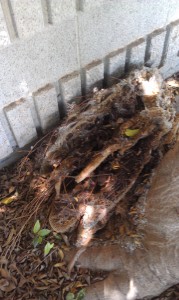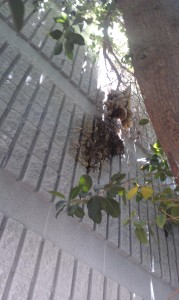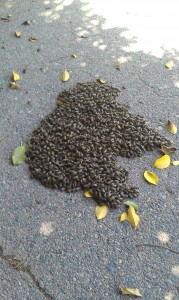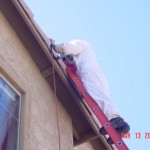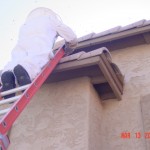To Bee or not to Bee? What was the question?

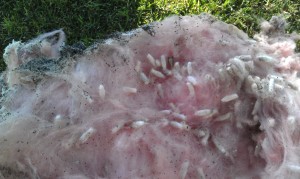


Usually after arriving at a home we discuss with the homeowner just how long the bees have been there. Sometimes they have no idea and sometimes they indicate just a recent event. The important issue is how long because if the hive is large the issue grows and can become a huge issue. OK small hive not a real problem, not much honey and not much by way of honeycomb = little to no bugs. But here is where the issue becomes a problem, big hive = lots of honey and honeycomb which equals a huge bug problem sometimes.
I hate to damage a wall or home just to get to the honeycomb, but sometimes it is just plain and simply something you must do! Today was this event, the homeowner noticed a lot of flying moth type critters and I quickly surmised that they were wax moths after she explained that we were just there a month or so ago. The Wax Moth is a very destructive insect pest in the beehive. The adult moth is a heavy bodied small moth about ½” to ¾” long, wings vary in color from grayish to brown and the underside is light gray. Often after a colony is killed the wax moths will invade and lay eggs and the larva will then start to demolish the honeycomb. This also happens within a bee hive if it succumbs to something that could weaken the colony.
So the question is – Do you have to open the wall or not? Sometimes and sometime not!
My point is that it isn’t always required to remove the old honeycomb depending on the age and numbers of bees involved. Sometimes it is also impossible to get to the left over colony and you may have to put up with the consequences.


